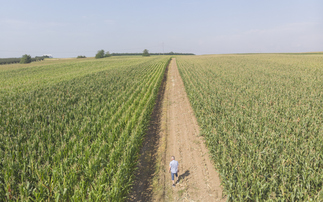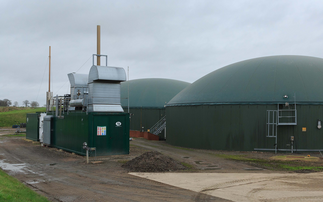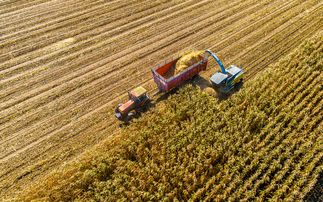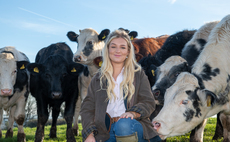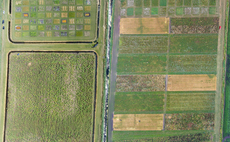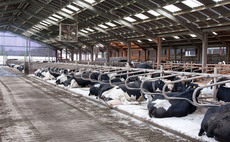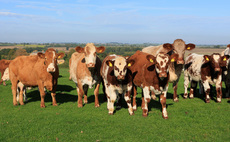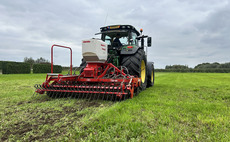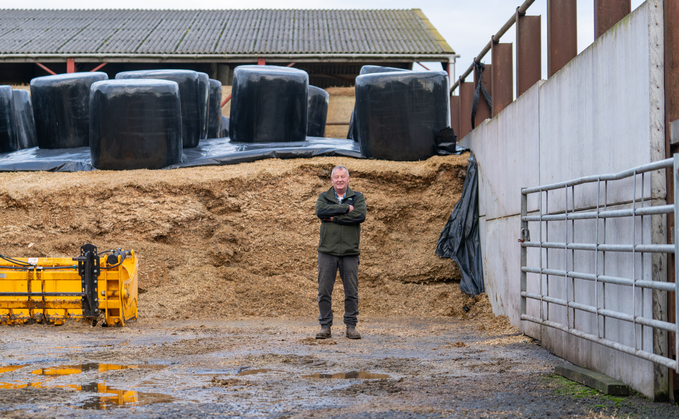
The underlying message from what was the UK's 11th wettest autumn on record is to choose a variety which will mature as soon as possible in your specific location and ensure it gets a strong start by drilling into a fine seedbed which has been rising above 10degC at drilling depth for more than four days.
For more information on how to choose an early variety matched to your farm's location, see the ‘Maize selection made easy' panel (below).
In the meantime, read on to find out how Yorkshire beef farmer John Sparrow ensured his maize silage was harvested in good conditions by growing new variety, Foxtrot.��
Maize selection made easy
-
Maize guide
��The best source of information when choosing which variety to grow is the independent trials data produced by the BSPB/NIAB and presented in the annual Maize Descriptive List.
The same data is also presented in the LG Maize Guide, which uses a series of graphs and charts to make the information easier to understand.
-
Maize manager app
Another handy tool when deciding which variety is best suited to your specific circumstances is the Limagrain Maize Manager App.
This free app includes five handy tools which help growers optimise decision-making at key stages in maize production.

1. Feed manager
The Feed Manager helps growers select the most appropriate variety by comparing the energy output and milk or meat production potential of individual varieties within a similar maturity range.
2. Maturity manager
The Maturity Manager uses postcode-specific Ontario Heat Unit data to help growers select varieties of a maturity best suited to be grown on-farm.
3. Sowing manager
The Sowing Manager recommends seeding rates according to the variety being used and calculates the number of bags of seed needed.
4. Harvest manager
The Harvest Manager helps growers calculate the dry matter content of their standing crop and determine the optimum date for harvest.
5. LG animal nutrition
LG Animal Nutrition highlights how much money could be saved by using a high-yielding, high-energy variety to offset purchased feed costs.

New maize variety delivers earliness and yield
Growing a new, very early maturing maize has paid dividends for one Yorkshire farmer this year, not only by filling the clamp with high-energy silage, but also allowing the timely and successful establishment of winter wheat before the late October downpour.
John Sparrow, of South Farm, near Stillington in the Vale of York, opted for the newly launched maize variety, Foxtrot, from Limagrain.
It is the earliest maturing variety he has ever grown, so John was delighted when this year's crop was safely harvested a full week before he would normally expect his maize to be ready, yet it still yielded a fresh weight yield of 52 tonnes per hectare (21t/acre).
John says: "We were able to harvest a fully mature, high dry matter crop of maize in October. We went straight on to the stubble with the Sumo and had the wheat drilled the next day."
"The wheat was up very quickly and is now looking really well. If we had been a week later, we would have been caught by the wet conditions which persisted into November and may not have been able to get on the ground."
John is an experienced maize grower, with 14-16ha (35-40 acres) grown each year to provide a high-quality home-grown source of starch and energy to go alongside grass silage and the Blaze fodder beet he grows for his beef cattle rations.
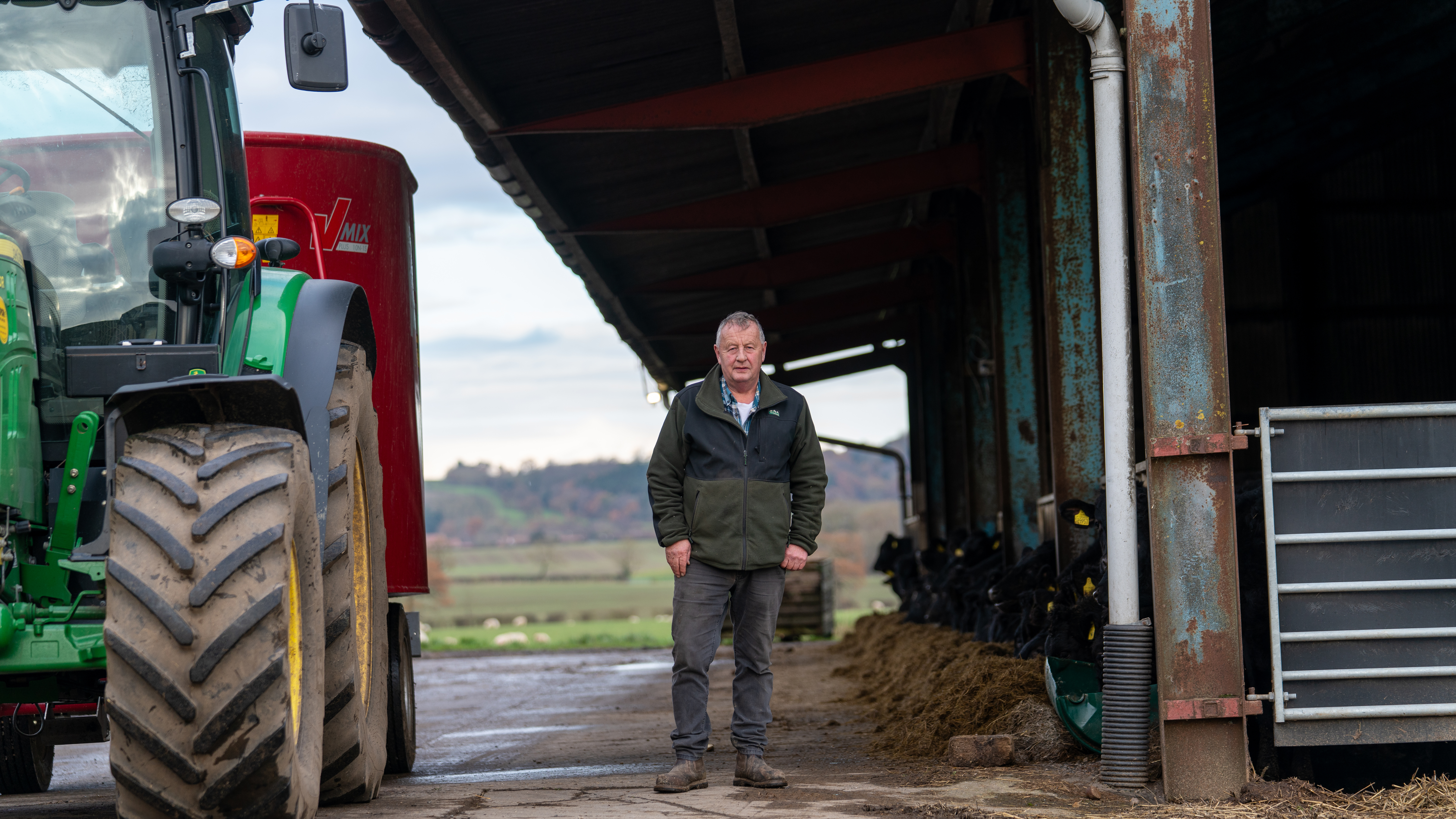
He was advised to grow Foxtrot in 2023 by Argrain's Lucy Leedham, who made her recommendations on the basis of independent trial data.
The very early maturity was a major factor in John's decision to use Foxtrot, but so was the promise of a good yield of high energy forage.
Although typically grown within an arable rotation, the 2023 maize at South 51AV��Ƶwas actually a second consecutive crop on the same block of land.
John had applied good quantities of both pig and cattle manure prior to ploughing and preparing a seedbed, with drilling carried out around the middle of May.
He says: "We have tried in the past to drill maize earlier, but find it is far better to wait until soil temperatures have risen sufficiently. With the amount of muck we have available, we do not see the need for any fertiliser in the seedbed, but we will use a blend of liquid fertiliser once the crop is up, usually within a week of drilling."
"We are working with an agronomist, so take advice on the use of a pre-emergence herbicide and also whether or not to use a foliar application of trace elements. All being well, once the crop is up and away, it is simply a case of monitoring it and being ready for harvest once the cobs are fully ripe."
With grass silage and fodder beet also grown on-farm, maize makes an ideal complementary forage for the total mixed ration fed to the beef cattle.
The farm has a herd of pedigree Hereford suckler cows, with calves reared on after weaning to be sold as stores.
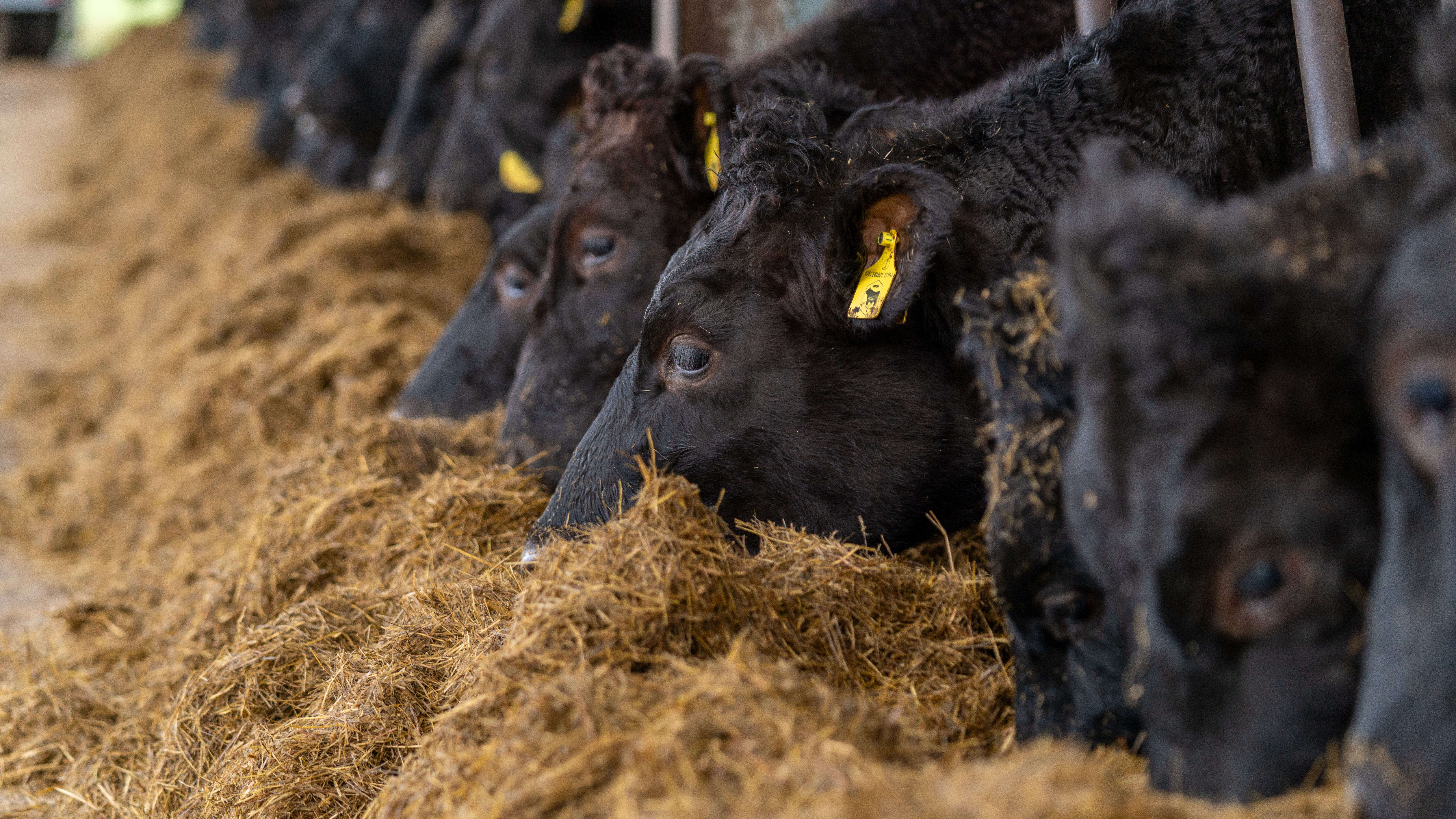
Warrendale Wagyu
In addition, John has recently started rearing for Warrendale Wagyu, taking in calves at 12-14 weeks and growing them on for about a year before selling them on to finishing units.
John says: "Maize is an important part of our home-grown feed for the cows and the growing cattle.
"Growing a very early maturing variety such as Foxtrot has been particularly advantageous, as it has allowed us to get next year's wheat into the ground in good time with no detriment to maize yield or quality."





